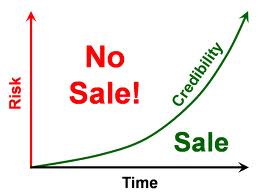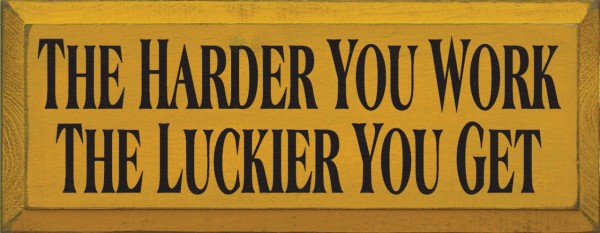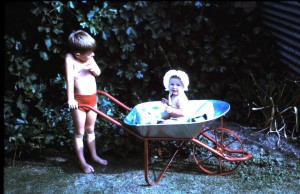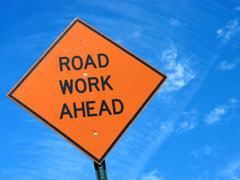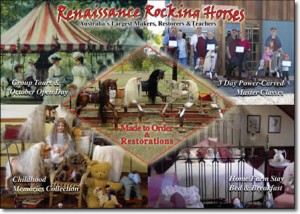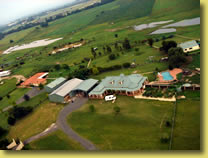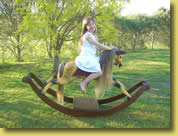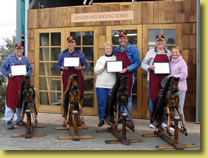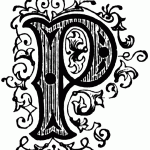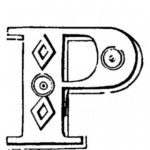 Since attending the Content Marketing World Conference in Feb this year I have been thinking a bit about the art and science of ‘storytelling.’ In the last couple of weeks I came across four references to storytelling in my reading and thought they would be valuable to share. My favourite revelation is this one from Aristotle:
Since attending the Content Marketing World Conference in Feb this year I have been thinking a bit about the art and science of ‘storytelling.’ In the last couple of weeks I came across four references to storytelling in my reading and thought they would be valuable to share. My favourite revelation is this one from Aristotle:
Aristotle (Greek Philosopher 384-322BC) said people needed three things to successfully influence: logos (logic), ethos (credibility) and pathos (emotional connection). Emotion is a fast track to the brain, so storytelling is an effective way to create memorable messages.
Business Storytelling
Management Consultant Yamini Naidu says two things matter in business storytelling: The first is how engaging your stories are – that is, do people hang onto every word you say? Can they remember it? Can they repeat it? The second is how purposeful you are – that is, What message do you want your story to contain?
Most people (90 per cent) in business use the “reporter” (logos) style, because that’s the behaviour that is reinforced, but contemporary research suggests ethos, followed by pathos, is more important. Logic informs, but it doesn’t influence and change behaviour. If it did,nobody would smoke or speed and we’d eat right and exercise.
Here is how Naidu described the four main types of storytellers in business:
Avoiders – low inengagement and low in purpose.These people either don’t tell stories, or they tell the wrong kinds of stories – usually about “the good old days”, or war stories, and they’re the person you want to avoid when you’re in a hurry.
Jokers – highly engaging but low on purpose. These people have lots of funny stories; they’re life of party at work, but they miss an opportunity to convey a message with their stories.
Reporters – lots of purpose but low on engagement. These people are really purposeful with their stories; they have absolute clarity on what message they want to tell. But they’re using a lot of data, stats, facts and figures, so they’re low on engagement
Inspirers – highly engaging and highly purposeful. Inspirers, are “not rah-rah evangelical hyped-up storytellers, but people who connect authentically, and are able to influence action.
Storytelling To Get In The Press
Amber Daines has written a book called “Well Spun – Big PR and Social Media Ideas for Small Business.” In a story in the Sydney Morning Herald where she gives tips about how to get your story in the press, she talks about the importance of understanding what is a newsworthy story. That means, making sure your story emphasises the ‘new’, the ‘big deal factors’ such as ‘how is this changing lives?’ or ‘how much money will this save them?’ and aligning your story to relevant cyclical events.
Storytelling to Get Sales
In a recent Sydney Morning Herald story on the resurgence of people making handmade goods and finding a market online, Anna Blandford, a successful etsy.com seller says she likes knowing the personal story of the creators of the handmade products she buys for herself. She says when you buy at a shopping centre, there is no personal connection.
Angela D’Alton the community manager for Etsy says people have always yearned to have a connection with those they trade with and the web has ultimately broadened the boundaries of the traditional town market. “Its the personal stories shared online that are bringing us back in touch.”
Here are some of tips provided for making a handcraft business work and which include elements of storytelling:
* Share your personal story – online buyers love to know a bit about you, so spend time writing the page about yourself and the things that inspire your work.
* Good photographs are essential -A picture’s worth a thousand words, so you can tell a story without using words.
* The descriptions of your products can also improve your sales: make your descriptions appeal to the senses (What does it feel like? What does it smell like?) Here again is Aristotles’ ‘pathos’ for influence.
Story Telling to Attract a Listening Audience
Here are some thoughts from John Paul Media’s Blog:
If you can master the art of storytelling on the radio, you’ll probably always have a job and a huge audience. People want to hear stories, not reports. Stories don’t have to be long winded. You can tell a story in just a few lines and still be riveting, but it takes practice and a plan. Here are a few storytelling tips that I’ve learned along the way:
- Stories are not reports
- The subjects are about common and relatable life events
- Have moments of genuine humor
- Are delivered one-on-one and allow for interactivity
- Are rehearsed so they have maximum impact when told
- The listener should think of you as a friend. The best way to do this is to open up and share personal stories, experiences and opinions with your listener.
- Don’t be afraid to make fun of yourself. Self-deprecation is not only relatable, but endearing.
- Good story telling not only has the ability to make you stand out and be remembered, but it also can help you feel better

